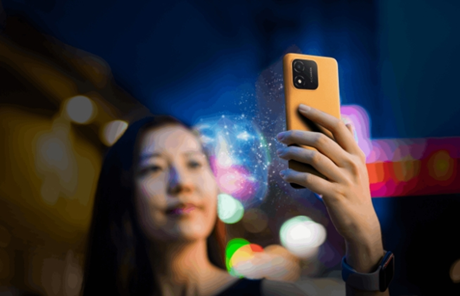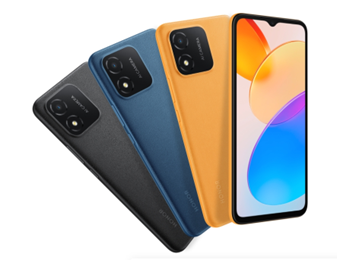Why Do People Seek Well-Designed Smartphones?
Smartphone design has significantly evolved over the years, transitioning from a focus on basic functionality to becoming a crucial element in consumer purchasing decisions. With a growing array of choices available, the design of a smartphone can often be the deciding factor for many buyers. This shift is particularly noticeable among younger generations, who place a strong emphasis on the visual appeal and aesthetic quality of their devices. In today’s competitive market, a well-designed smartphone is not just about looks; it’s about creating a product that resonates with the user's personality and lifestyle while providing a seamless user experience.

Emotional and Psychological Impact of Smartphone Design
Aesthetics and Personal Expression
Smartphone design plays a significant role in how users express themselves. The aesthetics of a device—its color, texture, and shape—allow users to showcase their personality and taste. Whether it's a sleek metallic finish, a bold color option, or a unique texture, the visual and tactile elements of a smartphone can make a strong impression. The materials and design choices manufacturers make are carefully curated to resonate with users' desires for both beauty and practicality. The combination of these elements allows users to carry a piece of their identity with them, making the smartphone an essential accessory in their daily lives.
Status Symbol and Social Perception
In today's society, smartphones have become more than just communication devices; they are status symbols that influence how we are perceived by others. A well-designed smartphone can project an image of sophistication and success, especially when it comes from a brand known for premium products. The carefully selected materials and the refined design elements, such as the anti-slip grip and streamlined body, contribute to its status as a desirable, high-quality device. Owning a smartphone like this can elevate your social standing, subtly communicating your taste and lifestyle choices to those around you.
Ergonomics and Comfort
The design of a smartphone significantly impacts its comfort and usability. Ergonomics play a crucial role in ensuring that a device feels good in the hand, making it enjoyable to use over long periods. Factors such as weight distribution, button placement, and the overall shape of the device contribute to a more comfortable and intuitive experience. A well-designed smartphone should not only look good but also feel right, offering a balance between form and function that enhances daily use. This focus on comfort ensures that the phone is not just visually appealing but also practical for everyday tasks, from texting to gaming.
The Influence of Design on User Experience
A smartphone's design goes beyond mere aesthetics; it directly impacts the user experience. Thoughtful design choices can make a device more intuitive and enjoyable to use. For example, the placement of buttons, the size of the screen, and the curvature of the edges all play a role in how users interact with their phones. A larger screen might offer a more immersive viewing experience, while curved edges can make the phone easier to hold and use with one hand. Additionally, the durability of a smartphone is often linked to its design. The choice of materials, such as metal, glass, or plastic, and the construction techniques used can determine how well a phone withstands drops, scratches, and daily wear and tear. The balance between a sleek design and practical durability is crucial in creating a smartphone that not only looks great but also lasts over time.
Market Trends Driving the Demand for Well-Designed Smartphones
Currently, the market is witnessing a strong preference for minimalist and modern design trends. Consumers are increasingly drawn to smartphones with clean lines, seamless surfaces, and minimal distractions—features that align with the contemporary desire for simplicity and elegance. Minimalist designs are not just about reducing elements but also about enhancing the overall user experience by eliminating unnecessary clutter. The HONOR X5, with its streamlined design and understated elegance, fits perfectly within this trend, offering a device that is both functional and aesthetically pleasing.
In addition to minimalism, there is a growing trend toward customizable smartphones and limited-edition designs that cater to individual tastes. These options provide consumers with the opportunity to own a device that feels unique and personal. The ability to choose from different colors and finishes, as seen with the HONOR X5’s color options, adds an element of personalization that appeals to those looking for something distinct. Limited-edition designs and customizable features not only satisfy the desire for exclusivity but also enhance the emotional connection between the user and the device.

Conclusion
As the smartphone market continues to evolve, the importance of design in attracting and retaining customers will only grow. Future trends in smartphone design are likely to focus on further blending form and function, with an emphasis on sustainability and innovative materials. As consumers become more discerning in their choices, manufacturers will need to push the boundaries of design to create devices that not only meet the practical needs of users but also resonate with their aesthetic preferences. The ongoing demand for well-designed smartphones is a clear indication that the relationship between a device's appearance and its performance will remain a key factor in purchasing decisions.
Latest: 9 Essential Tips for Capturing Stunning Smartphone Night Pictures








